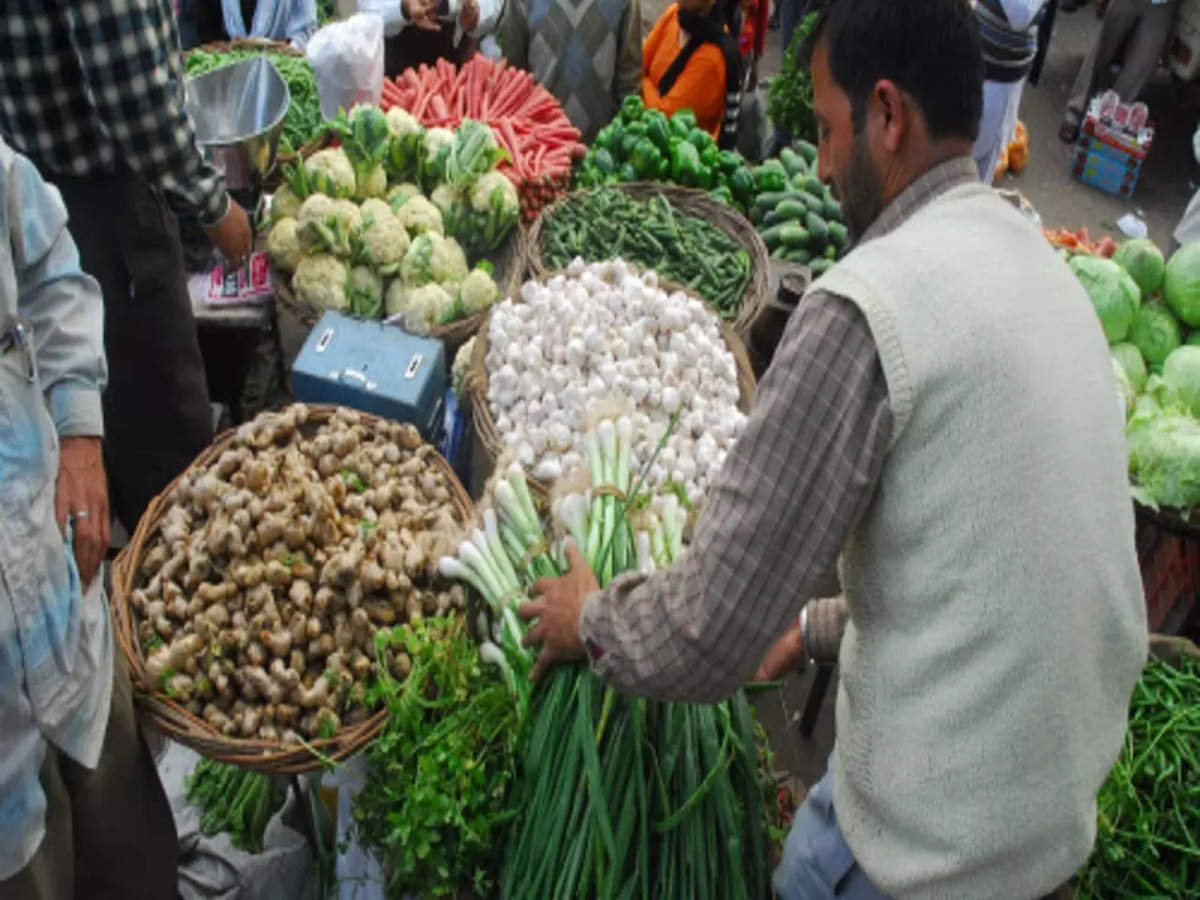WPI inflation increased broadly and faster than predicted in March 2022, reaching a four-month high of 14.6 percent, mainly to the jump in commodity costs caused by the intensifying Russia-Ukraine war.

“The annual rate of inflation for March 2022 (over March 2021) is 14.55 percent (Provisional), compared to 7.89 percent in March 2021.
The high inflation rate in March 2022 is primarily due to the increase in the prices of crude petroleum and natural gas, mineral oils, and basic metals, among other things, as a result of disruptions in the global supply chain caused by the Russia-Ukraine conflict,” according to data released Monday by the Ministry of Commerce and Industry.
The Food Index, which comprises ‘Food Articles’ from the Primary Articles category and ‘Food Products’ from the Manufactured Products category, grew from 166.4 in February 2022 to 167.3 in March 2022. Inflation, as measured by the WPI Food Index, climbed from 8.47% in February 2022 to 8.71% in March 2022.
Primary Articles (22.62 percent of the index): The index for this main category climbed by 2.10 percent in March 2022 to 170.3 (provisional) from 166.8 (provisional) in February 2022. March 2022 prices for crude petroleum and natural gas (21.18 percent), minerals (9.72 percent), and non-food articles (2.94 percent) increased in comparison to February 2022. Food Articles prices decreased (-0.82 percent) in March 2022 compared to February 2022.

Fuel & Power (13.15 percent): This main group’s index climbed by 5.68 percent to 146.9 (provisional) in March 2022 from 139.0 (provisional) in February 2022. Mineral Oils prices grew by 9.19 percent in March 2022 compared to February 2022.
Manufactured Products (64.23 percent of total): In March 2022, the index for this main category climbed by 2.31 percent to 141.6 (provisional) from 138.4 (provisional) in February 2022. In March 2022, 18 of the 22 NIC two-digit groupings for manufactured items had an increase in prices, while three saw a drop in prices, as compared to February 2022. Basic metals, food goods, chemical & chemical products, and textiles all contributed to the increase in pricing.
Manufacturers of other transport equipment: medicines, medical chemicals, botanical goods; and drinks all had price decreases in March 2022 compared to February 2022. While clothing manufacturing remained steady in March 2022 compared to February 2022.

Aditi Nayar, Chief Economist at ICRA, stated that “we predict WPI inflation to continue between 13.5-15 percent in the current month, partially dependent on where crude oil prices settle in the remainder of April 2022 and how much petrol and diesel prices are lowered further.”
The MPC is expected to be particularly concerned about the broad-based character of the increase in WPI inflation. We believe there is an increasing likelihood that the first repo rise will be postponed until June 2022.”
In the next months, the rise in food costs will almost certainly be accompanied by increases in the prices of gasoline and manufactured goods.” According to Rahul Bajoria, MD and Chief India Economist at Barclays, “supply shortages and price increases in several input goods as a result of the Russia-Ukraine conflict will keep domestic inflation high in the coming months, setting the stage for a front-loaded tightening of monetary policy by the central bank.“
The RBI has taken note of growing inflation and has turned its emphasis to addressing rising prices and withdrawing accommodation.
It has also raised its inflation forecast for FY23 to 5.7 percent from 4.5 percent previously. When making monetary policy decisions, the RBI considers CPI or retail inflation rather than WPI-based inflation.
Published By : Akshita Katoch
Edited By : Vanshika Sahu













